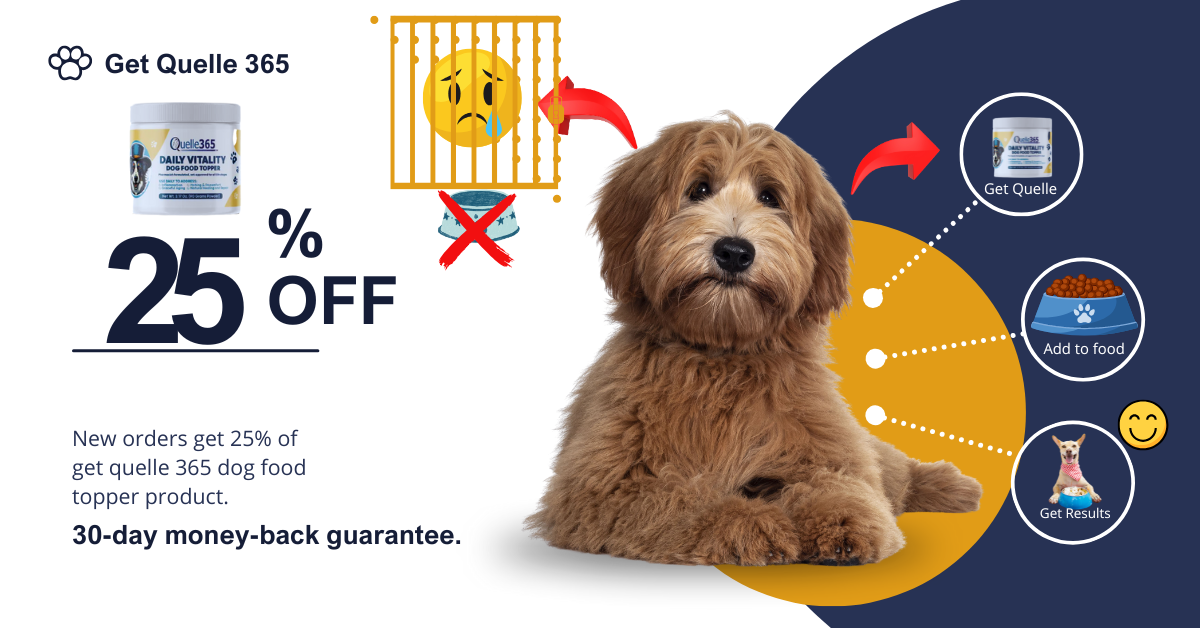Mill Food Recycler Review | PS Home
I don't think about my trash much. In fact, I try to think about it as little as possible. As far as I'm concerned, once something gets plopped into that bin — no matter how sploshy, gunky, or expired — it's no longer any of my business. That is, until I started using a Mill.
Despite living in Los Angeles, which tends to prioritize sustainability (as long as we don't discuss all that driving), I had put off reducing food waste and composting for far too long. Thankfully, the Mill Food Recycler ($999) caught me up to speed.
:quality(70):extract_cover():upscale():fill(ffffff)/2025/02/05/897/n/44344577/shopXKQhVD.png)
:quality(70):extract_cover():upscale():fill(ffffff)/2025/02/05/897/n/44344577/shopXKQhVD.png)
The kitchen gadget is an automatic food-recycling bin that turns kitchen scraps into dry grounds through a process of dehydration, grinding, and then cooling. (The bin comes with an app, which allows users to schedule a recurring time for this process.) And while composting bins are typically small enough to sit on countertops, the Mill has a nearly seven-liter capacity — about enough for 40 pounds of wet food once it's all turned into grounds.
It's a true set-it-and-forget-it device perfect for a novice like myself. That said, its high price point certainly gives pause. Would the smart trash can prove to be worth it in the end? Read my full review below after four months of use.
What I Like About the Mill Food Recycler
First, the Mill is efficient at fulfilling its main goal: reducing food waste. My usual trash is much lighter ever since I started using the Mill, and it's so satisfying to see leftovers and wilting produce be turned into grounds that can actually be used for something else. I take my grounds to a local LA Compost collection booth at my nearby farmers' market, and from there, the grounds are turned into compost, which is then used throughout the city.
The Mill is also incredibly easy to use. There's a brief setup period that required me to register the device on the dedicated app, but after naming my bin (Tony, as in Soprano) and setting up a daily grind-cycle schedule, I was all set.
Now, each morning at 8 a.m., the aluminum bucket inside the bin begins heating up the prior day's dry scraps and grinding them down. (There is also a cooldown period at the end of each cycle.) It's worth noting that each cycle's runtime is dependent on the volume of scraps in the bin: I've seen it take an entire morning and afternoon, but I've also had it only take about an hour.
And excuse me for being superficial here, but the Mill also looks good in my kitchen. The bin is sleek and minimal, with a white base and maple wood-appearance lid. Better yet, it doesn't smell thanks to activated charcoal filters that absorb any unpleasant odor. I'm very sensitive to smell and can attest that it does not smell at all except for brief whiffs you may get as you open the bin just after a cycle is completed. But otherwise, nothing.
What to Consider Before Buying the Mill Food Recycler
There are a few considerations to take into account before buying the Mill. First, you should come up with a system for your grounds. Food grounds aren't quite the same thing as compost in its final form, so that's why a local compost collection center works great. Otherwise, Mill will facilitate a home pickup for your grounds, which they'll then turn into chicken feed for local farms. In my experience, it takes about a month for a Mill bin to fill up, so that's as frequently as you'll need to empty your bin and coordinate a pickup.
The Mill also takes up more space than countertop composters, and it's essentially the same size as regular trash cans. If kitchen space is limited in your home, that may be a concern.
The Mill is also only as good as how often it's used. As in, please remember to actually use it! This sounds silly, but it does take some time to stop automatically walking over to the trash can with your scraps. But on the flip side, your regular trash will be lighter, and so you may discover that it's slightly smellier because you're taking it out less frequently.
Who the Mill Food Recycler Is Best For
The Mill is best for sustainably minded consumers who are interested in composting but would prefer a more automated approach. And given its price point, the bin will definitely appeal more to people who are committed to getting more serious about reducing food waste. (At nearly $1,000, the Mill isn't really for fairweather composters.)
Additional Details About the Mill Food Recycler
- The Mill can churn through some tougher scraps like small bones, avocado pits, and eggshells, but there are a few items that shouldn't be tossed in the bin, like harder shells (think: oysters), large amounts of liquid, and plastics, as well as sugar, cake, or cookies.
- Icons located at the top of the bin indicate when the bin is hot, running, locked, or needing to be emptied.
- The activated charcoal filters, which reduce odor, last for about a year.
- Even when running, the Mill is fairly quiet, and can be compared to the sound of an air purifier.
- Mill offers a rental period for anyone not yet ready to fully commit to owning the bin.
Where Is the Mill Food Recycler Available?
The food recycler is exclusively available on the Mill website.
Rating
★★★★☆
Kelsey Garcia (she/her) is the associate content director of PS Balance, where she oversees lifestyle coverage, from relationships to parenting to financial wellness. Kelsey is passionate about travel, dating trends, and changes in the workplace. Before joining the PS team as an editorial assistant in 2015, she interned at Elle and Harper's Bazaar, among other publications.
Source link

:quality(85):upscale()/2025/02/20/008/n/1922794/b0ed0d2f67b7b6cce94935.59837934_.jpg)


:quality(85):upscale()/2024/10/16/811/n/49351763/e75a340a671005a72fdfe0.34102881_.jpg)
:quality(85):upscale()/2025/06/23/785/n/1922153/52cb05906859942ab0bdb9.35448070_.jpg)
:quality(85):upscale()/2024/05/16/874/n/1922794/a4086877664665bd84cbf6.10984679_.png)
:quality(85):upscale()/2025/06/23/764/n/49351082/ff39259b68598cf8d48100.64879675_.png)